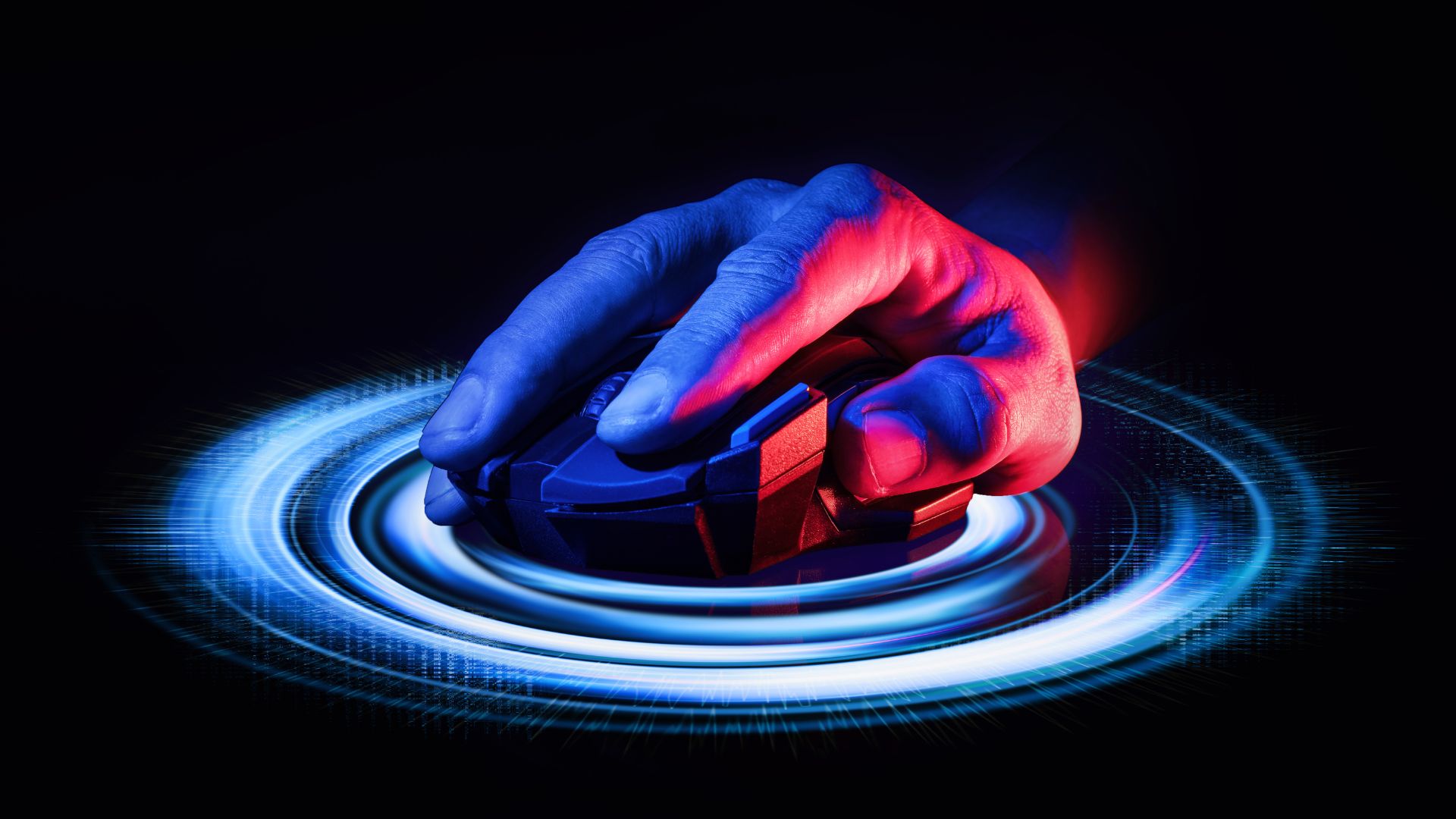In the realm of gaming, every second counts. Precision, quick reflexes, and the right gear can make or break your gaming experience. Enter the gaming mouse with side buttons – a game changer that’s transforming the way gamers play.
These aren’t your average computer mice. They’re high-tech, feature-packed, and designed with the serious gamer in mind. With customizable side buttons, they offer a level of control that’s hard to beat.
In this article, we’ll delve into the world of gaming mice with side buttons, exploring their benefits, key features, and how they can enhance your gaming experience. Whether you’re a seasoned pro or a newbie, you’re in for an enlightening read.
Gaming Mouse with Side Buttons
Side buttons play a vital part in the ecosystem of contemporary gaming. Their role is undeniable and multifaceted, with a distinct impact on the gaming experience.
The Role of Side Buttons in Modern Gaming
Side buttons in modern gaming mice serve a pivotal, functional role. They act as additional commands or actions, providing an edge to gamers over their counterparts. For instance, in a First-Person Shooter (FPS) gaming environment, side buttons can provide instant access to grenades or health packs.
These side buttons transform the gaming mouse into a Swiss Army knife of sorts. With each button programmed for a specific action, the actions per minute (APMs) increase drastically. A model with easy access to side buttons, such as the Razer Naga Trinity, encompasses up to 19 programmable buttons, exhibiting the sheer utility and versatility that side buttons offer to gamers.
Furthermore, the role of these side buttons isn’t confined to just gaming. They can assist in formal applications too, aiding in tasks such as switching between tabs in a web browser, scrolling through hefty documents, and triggering macros on various software platforms.
How Side Buttons Enhance Gaming Performance
Side buttons serve as levers of power, subtly bolstering a gamer’s performance. The fingertip control they offer amplifies the response time, a crucial aspect in the world of competitive gaming. An example is the Logitech G600 gaming mouse which sports 12 accessible side buttons, enhancing quick in-game actions.
Moreover, these side buttons foster the concept of muscle memory. Frequent usage trains the hand to instinctively reach for a specific button to perform the desired action in a game. This involuntary reflex ultimately results in a seamless, interruption-free gaming experience.
Finally, the element of customization acts as the icing on the cake. Games often allow the mapping of mouse buttons to suit the comfort and strategy of the gamer, thereby creating a personalized gameplay style.
Top Features to Consider When Choosing a Gaming Mouse with Side Buttons
Choosing an advanced mouse demands careful deliberation over necessary features. The following are critical aspects to think about when buying a gaming mouse with side buttons.
Sensor Quality and DPI Settings
The sensor quality and DPI settings form the backbone of a gaming mouse’s performance. High-end gaming mice often come equipped with top-notch sensors, enabling high sensitivity and precision. They allow the gamer to adjust DPI settings, dictating the mouse’s speed on the screen. Mice such as the Corsair Scimitar Pro RGB, which includes a top sensor and a DPI maximum of 16,000, exemplify superior sensor quality.
Ergonomics and Button Placement
Ergonomics and button placement can drastically impact a player’s gaming performance and comfort over time. Gaming mice should feel comfortable in hand and align well with the user’s grip style. For instance, the SteelSeries Rival 500 impresses with its ergonomic design and strategically placed 15 buttons.
Moreover, side buttons positioned within easy reach can expedite actions, enhance gameplay, and reduce hand fatigue. The layout does matter; effective button placement augments the gaming experience, executing rapid-fire commands, typically performed on the keyboard, with greater ease.
Customization and Software Support
Customization options and software support are additional decisive factors. Good software backing allows users to map their side buttons, customize sensitivity, RGB lighting, and more. For example, the Logitech G502 Proteus Spectrum offers robust software support, encouraging individual customization.
